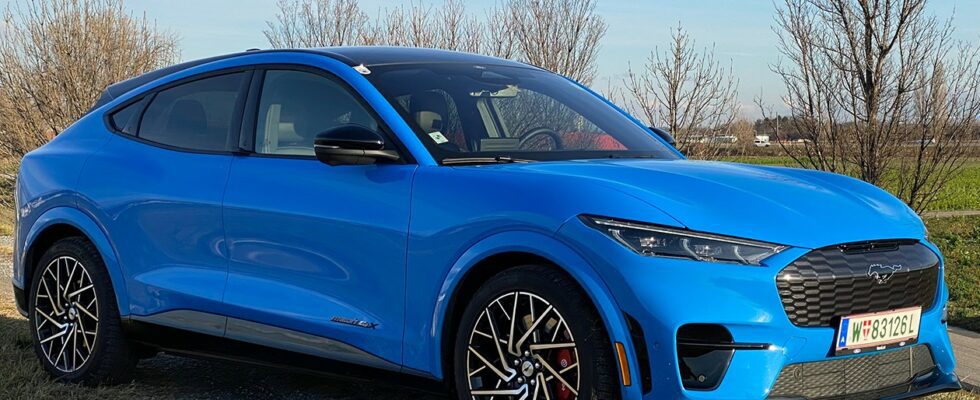Ford wants to offer two different battery types for its electric vehicles in the future. In addition to the previous nickel-cobalt-manganese batteries, lithium-iron-phosphate batteries (LFP) are to be used. Both cell chemistries have their advantages and disadvantages. Customers should have the choice.
In Europe, the all-electric Mustang Mach-E is to receive batteries with LFP cells this year, and next year LFP batteries will be used for the F-150 Lightning in important global markets high cycle stability more charging and discharging processes and also charges faster than NCM batteries. It can also be produced more cheaply because of the materials used. Ford wants to use this to keep the sales prices of its electric vehicles stable or even lower them. Disadvantage: The energy density of lithium-iron-phosphate batteries is fundamentally lower with the same dimensions – and thus the achievable range as well. The tolerability of very low temperatures is also poorer. However, the cold tolerance of LFP batteries can be significantly improved through technical measures, Ford promises to choose the battery performance characteristics that are tailored to their individual mobility needs. In addition, LFP battery technology helps to reduce dependence on raw materials such as nickel and cobalt – Ford wants to promote sustainability and respect for human rights in the supply chains.
source site-13
